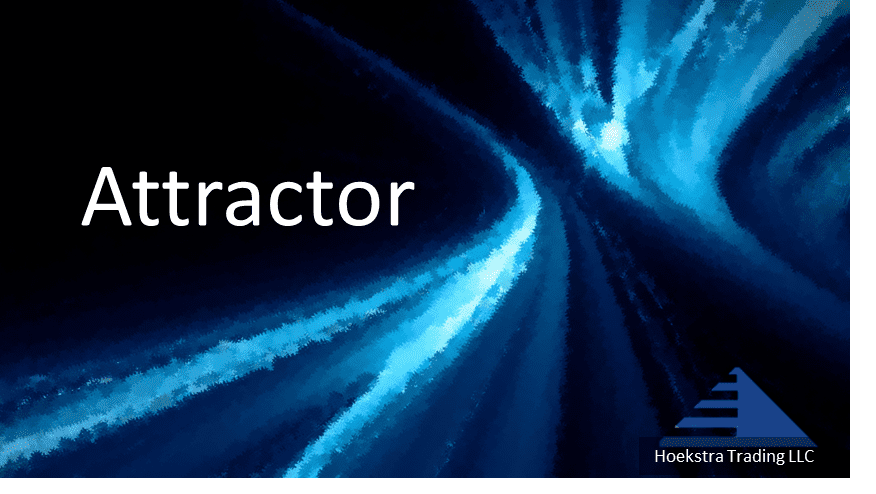RINatomy Part 4 – The RIN As An Asset
A Renewable Identification Number (RIN), in addition to being a subsidy, a tax, and a mandate, is a financial asset.
Anatomy noun, anat·o·my ə-ˈna-tə-mē a study of the structure or inner workings of something
Read other posts in this series RINatomy –
- Part 1 The RIN As A Subsidy
- Part 2 The RIN As A Tax
- Part 3 The RIN As A Mandate
- Part 4 The RIN As An Asset
- Part 5 The RIN As A Contingent Claim
A coupon is not considered an asset. Neither is a sales tax, or a mandate. As we have seen, the RIN is all three of those in one, and, beyond that, it is an asset.
Like other financial assets, you can be “long” a RIN, meaning you own it, or you can be “short”, meaning you owe it.
RIN vintage
RINs are differentiated by their “vintage”, meaning the year they were generated. Like bonds, they “mature” at a time determined at their vintage. A RIN generated this year can be used (“retired”) by an obligated party (refiner or importer) to satisfy compliance obligations incurred in this year’s or next year’s annual compliance period.
Banking and borrowing
This year’s RIN can also be “banked” and used for compliance with next year’s obligations up to a maximum 20% of this year’s obligation. RINs can also be “borrowed” from next year by carrying forward a deficit on this year’s obligation into next year, then fulfilling that obligation with next year’s vintage RIN.
These banking and borrowing features provide flexibility to minimize compliance cost by optimizing RIN use across different compliance periods. There are special rules and restrictions on how to execute the banking and borrowing features, which must of course be understood and complied with.
RIN trading
Beyond being an asset that can be retired, banked, and borrowed, the RIN is tradable. When a fuel supplier has blended or sold a quantity of biofuel, the RINs are detached from the biofuel. The detached RIN carries value to others as a compliance vehicle and so, like other tradable assets, the RIN has market value.
A supplier who has blended more than its obligated volume of biofuel can sell surplus detached RINs to another supplier who has blended less than its obligated volume and wants to buy RINs to meet its compliance quota. A secondary market exists where obligated parties and other eligible RIN owners trade detached RINs among each other. A RINs futures market exists that is consistently growing in trading volume and open interest.
The RIN’s trading features provide more opportunity for obligated parties to reduce their cost of compliance.
RIN pricing
Economic theory says that, with tradable RIN credits in competitive markets, rational market participants will blend renewables themselves to the extent their incremental cost of compliance is below the credit price, and buy credits to the extent their incremental cost of compliance exceeds the credit price. In this situation, the RIN’s market price will be driven to an equilibrium value where the marginal (highest-cost) suppliers just break even; and furthermore, in this equilibrium situation, the aggregate compliance cost for the market as a whole will be minimized.
Is this the most complex environmental credit ever invented?
So far, this blog series has described the RIN as a tax, a subsidy, a mandate, and an asset that can be owned, owed, retired, banked, borrowed, and traded. To my knowledge, that makes it by far the most complex and sophisticated environmental credit ever invented.
But the RIN is even more than that! Next week’s blog post will describe the RIN as a contingent claim.
This week I came across this E-mail in my readings:
Dear Supervisor,
I have been following (company X)’s information for Y months and it speaks to the issues we face.
They currently offer a course that includes instruction and one-on-one coaching. I’m committed to my own work goals and personal development and would like your help in expensing this course.
It would pay for itself if I closed only one new deal of $Z value.
Please let me know by Friday if I can move forward with this course.
Thanks,
Hoekstra Trading’s Research Reports are not exactly training courses – each Research Report contains the results of a 1-year original research project with new data, findings and recommendations not previously available. But they also include tools for application and a 6-month period of unlimited support to help our clients reach top decile understanding of the subject and immediately increase their contribution toward their department’s objectives – so this purchase accomplishes the purpose of a training course and more in a slightly different way.
If you brought the above request to your supervisor requesting purchase of Hoekstra Research Report 10, what would happen?
A good supervisor would probably ask you for a 1-page business case to justify the spend. At that point, you can immediately deliver your edited version of something like this sample 1-page project proposal. A good supervisor would then take your request seriously, discuss with you the merits of your proposal, and respond in some way to your request for help in getting a purchase order for $20,000 issued by Friday.
In some cases, I have seen the purchase order the following day.
In other cases it takes longer, often because many supervisors (even VPs) don’t often issue purchase orders for 3rd party purchases, so it is something new for them to step up and help you do it.
Sometimes it requires creative leadership from the employee and the supervisor to overcome other obstacles to improvement that often exist, especially in big companies.
In all good companies, it can be done where there is a leader, at any level, who really wants to help make it happen.
Get Hoekstra Research Report 10 and the Attractor spreadsheet

George Hoekstra george.hoekstra@hoekstratrading.com 630 330-8159
